How do you warm up soil? Easy ways to prepare the ground for planting seeds
These simple yet effective soil warming techniques will get it ready for late winter and early spring plantings
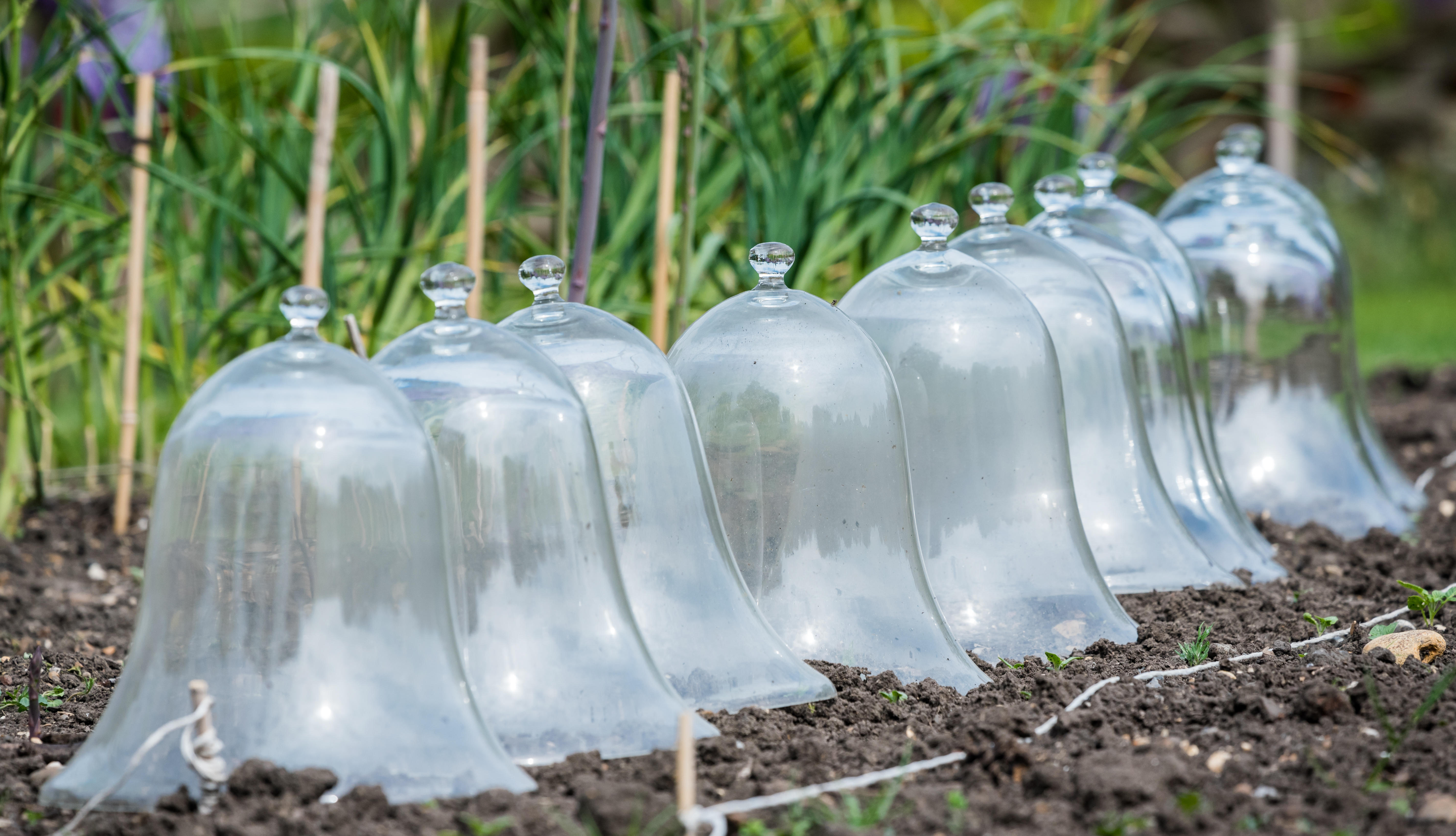

Even in the depths of winter, it doesn’t mean it’s too early to start preparing and warming the soil for this year’s plantings in spring.
Although winter is too early in colder zones to sow half-hardy annuals (the first batches will need starting undercover), hardy annuals such as sweet peas, calendula, sunflowers and cornflowers can generally be sown straight into the soil in your flower beds or raised beds. The same goes for weather-resistant broad beans and peas as well as parsnips, spinach, onions, hardy lettuce and spring onions too.
However, even hardy seeds struggle in damp soil that’s holding onto winter’s cold, so warming the soil in preparation will improve cropping and can also help keep down weeds.
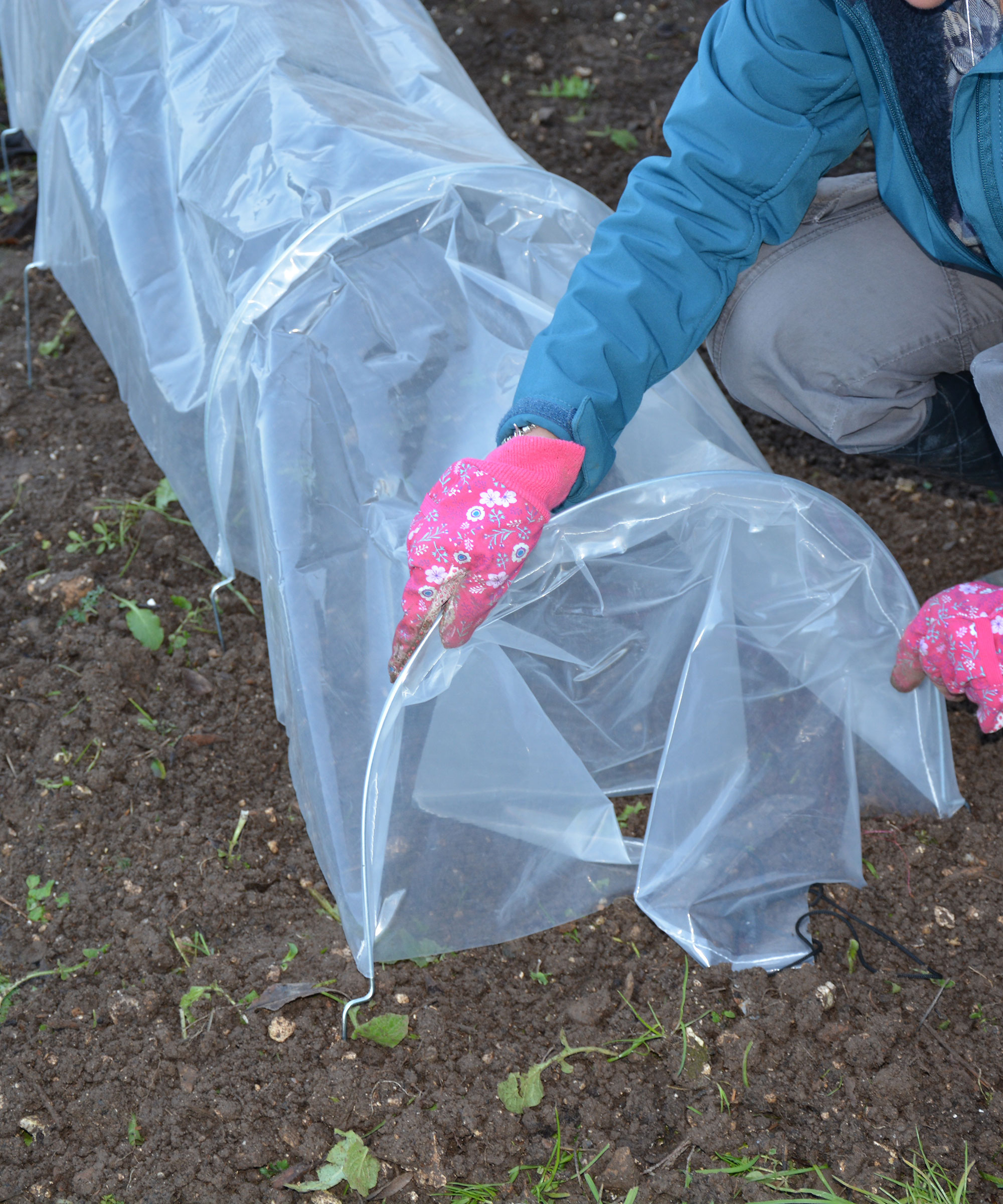
Placing a plastic tunnel cloche on bare soil

Ruth is horticulturally trained and has qualifications from the Royal Horticultural Society. She spends her days writing about and photographing key gardening jobs, and always enjoys sowing a wide range of flower seeds in her own garden. Over the years, she has perfected a number of different methods for preparing her soil for spring sowings.
When should you start warming up soil?
It takes several weeks to raise the temperature of the soil to where it’s suitable for strong and successful germination, so the middle to end of winter is a good time to cover raised beds and growing borders with a variety of insulating materials.
In general, I would advise using the below techniques around six weeks before planting your seeds or young plants, and be prepared to cover them with insulating frost protection fabric (available from Amazon) or some other protective cover if your garden is hit by late frosts. Dense clay soils take even longer to warm up, so give yourself extra time.
Before starting to warm your soil, however, make sure it is damp otherwise the covering will hold off the rain and it will be too dry for planting and sowing. Also enrich it with well-rotted compost or manure, or fork in some chicken manure fertilizer.
3 easy ways to warm up soil before planting seeds
As well as using fleecy horticultural freeze protection, tunnel cloches and glass or plastic cloche domes, I also recycle household items including old compost bags, carpet offcuts and cardboard boxes saved from Christmas.
Alongside warming the soil, the plastic bags, carpet and cardboard will also help to get rid of weeds by blocking their growth, which will make sowing and planting in February easier.
1. Use glass or plastic cloches
Cloches are a cheap and commonplace way of warming areas of soil and also protecting young plants. There are two main varieties: tunnel cloches, which are made of plastic or fleece material, and bell or lantern cloches made from glass or plastic.
Tunnel cloches, such as this seedling tunnel from Amazon, are perfect for longer stretches of soil where you are planning to sow seeds or grow plants from seedlings. They have the added benefit of keeping birds off tender and tasty leaves once the seedlings start to grow too.
Single cloches are ideal to use for warming individual spots of soil and protecting plants from frost, especially young and newly sprouted tender plants.
Glass cloches can be expensive, but they are heavy enough to withstand the weather and are likely to stay put, even in ferocious storms. However, they can be broken and you don't want shards of glass littering the garden.
Plastic dome cloches, like this HTG one from Amazon, are more wallet-friendly but need to be anchored down as they are lightweight and easy to dislodge in stormy weather. Many will come with pre-punched holes in the rim so you can secure them with pegs or stakes.
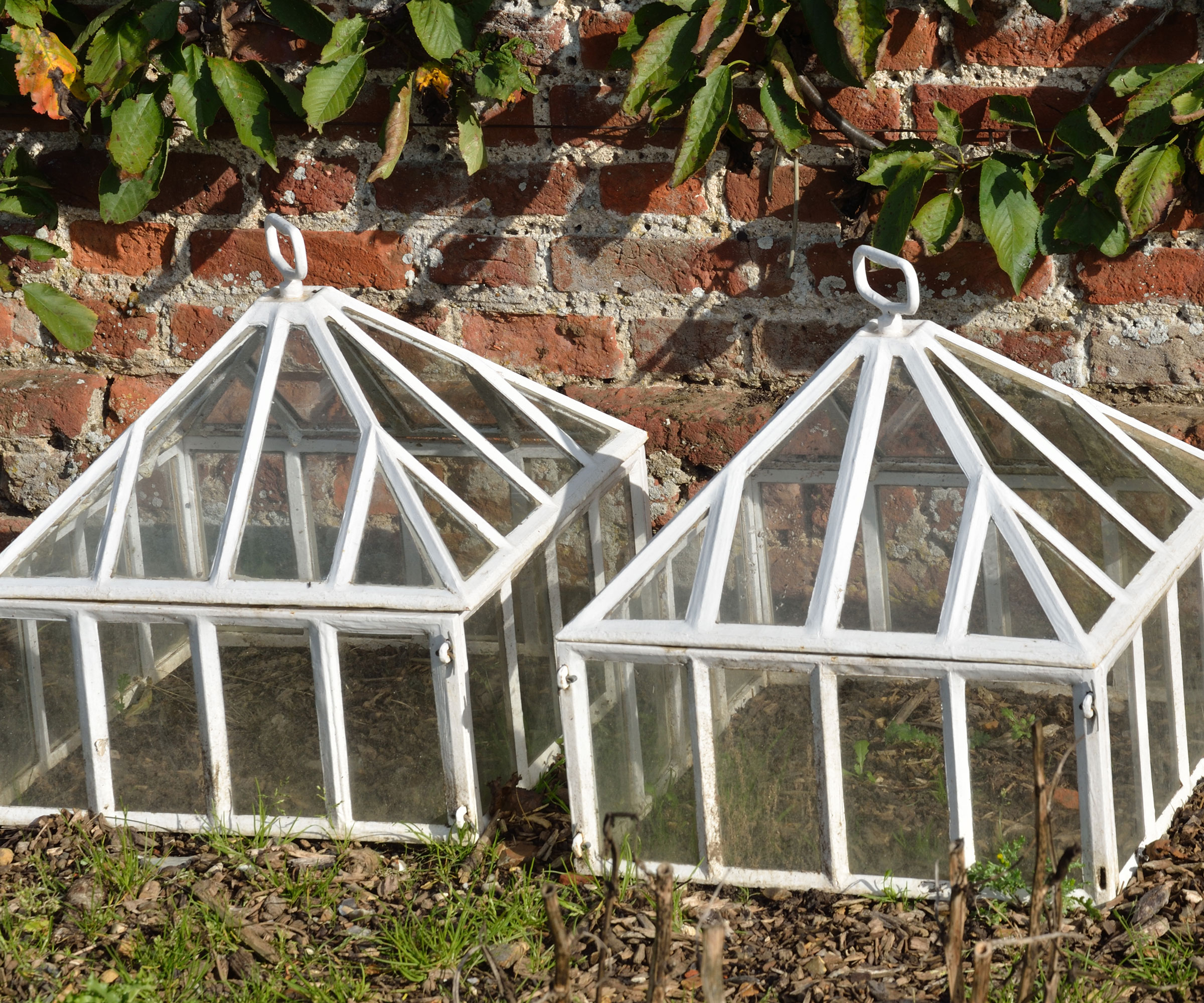
Smaller areas of soil can be warmed with single cloches
2. Cover soil with old cardboard boxes
Cheap and cheerful, if not terribly pretty to look at, flattened cardboard boxes are an easy way to warm the soil ahead of sowing flower or vegetable seeds. What's more, cardboard is an effective weed control as it blocks the light and suppresses their growth.
Carpet offcuts are also ideal for holding in the heat, and I also use them as insulation on our compost heap and leaf mold bins. As with cardboard, it can help to suppress weed growth too.
Make sure you weigh down your cardboard and carpets with bricks so that they stay put in bad weather.
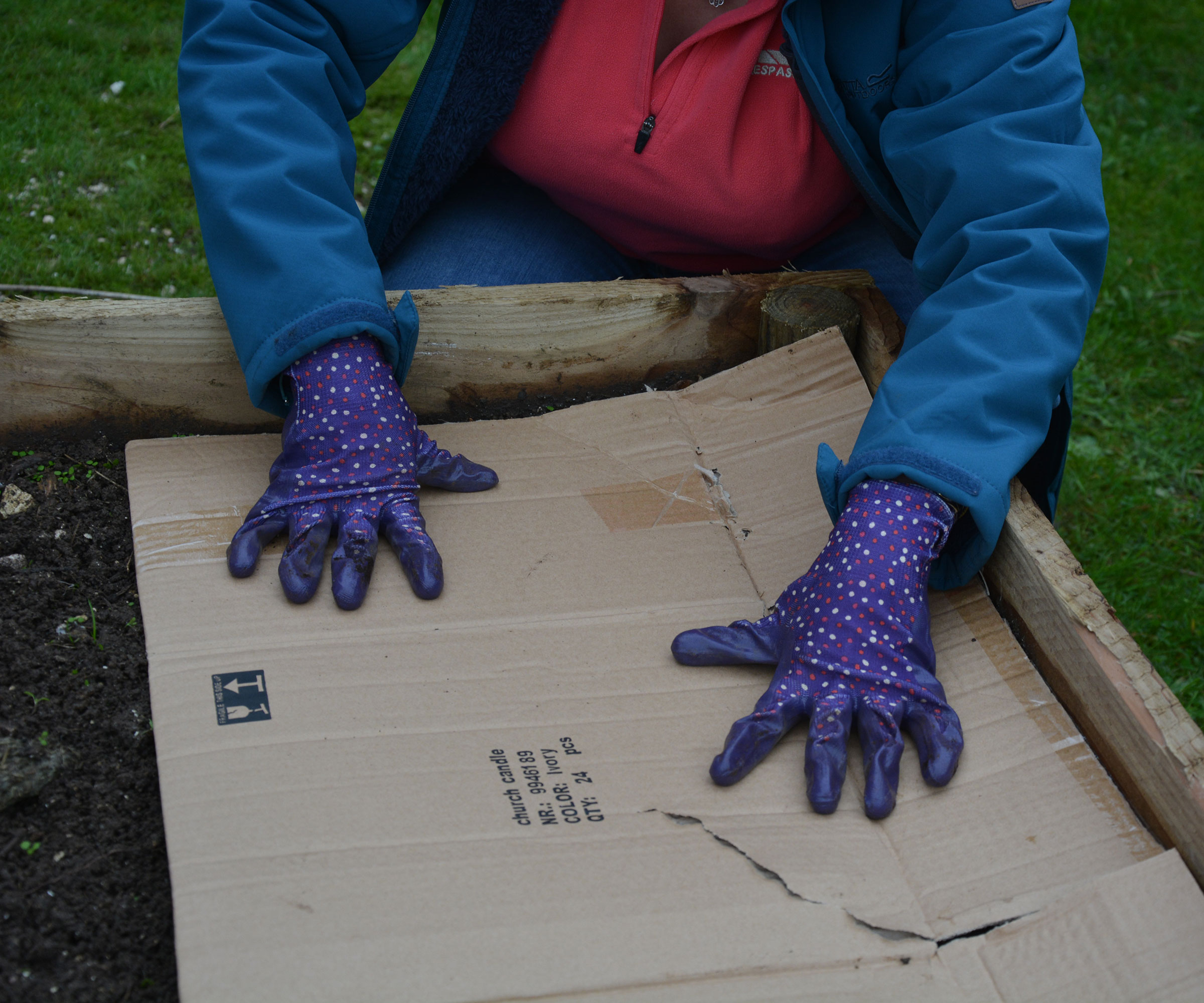
Warming the soil with a flattened cardboard box
3. Reuse compost bags and packaging
If space is tight and you are keen to grow as much as possible, raised garden beds are an ideal option. If you already have one or more raised beds in place, the soil within them is easy to warm using old compost bags.
If you only remember to do this at the last minute and don't have very long to warm the soil before sowing your seeds, my tip is to turn the bags inside out so the black surface faces upwards and absorbs maximum sun and heat.
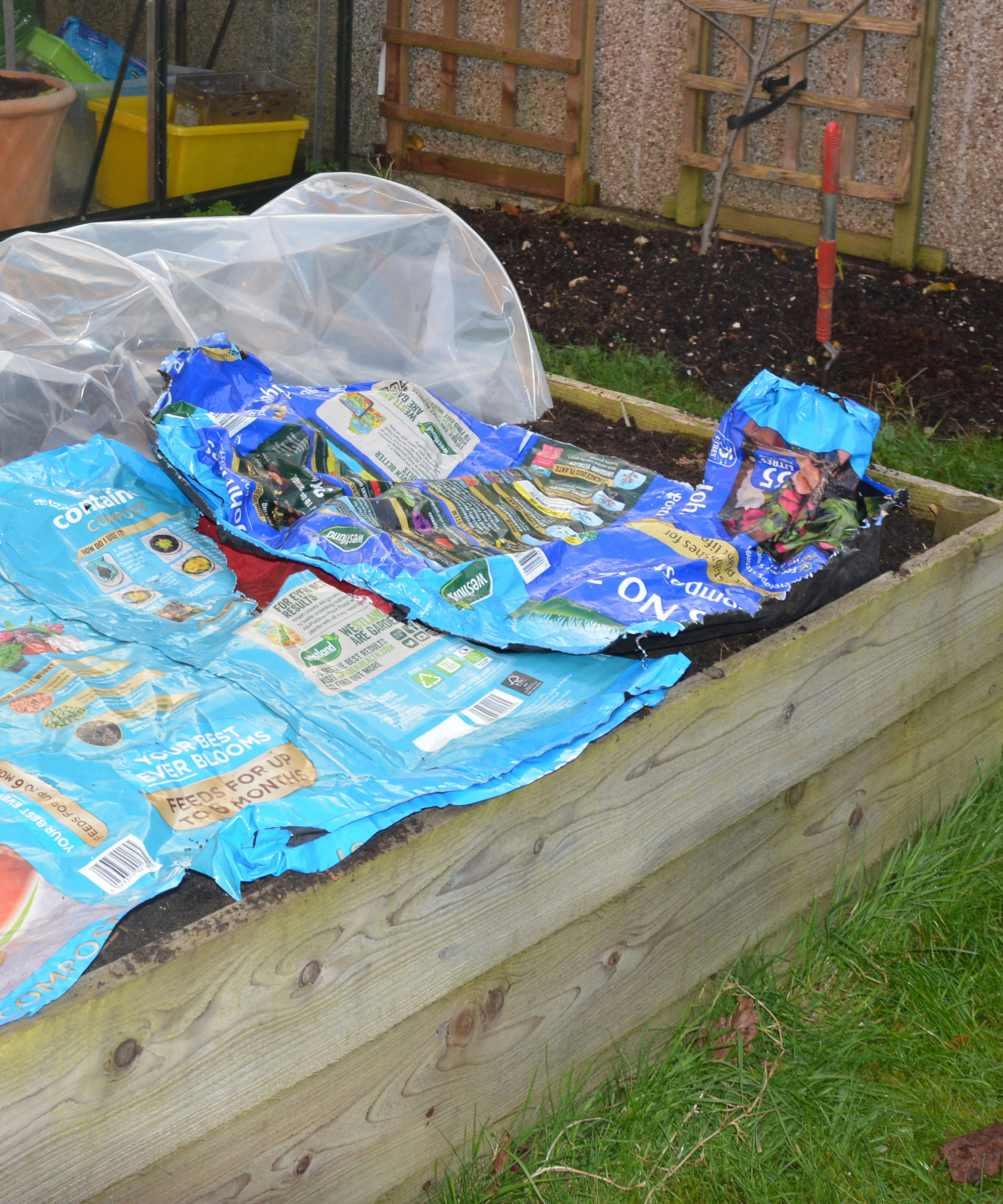
Warming the soil in a raised bed using a tunnel cloche and old compost bags
What soil takes the longest to warm up?
Of all the soil types, clay takes longer to warm through than lighter substrates. If you have clay soil in your flower beds or vegetable garden, you may have more success starting your seeds in pots and modules in your glasshouse or on a kitchen windowsill and planting them out later in the season once the soil has warmed up naturally.
Sign up to the Homes & Gardens newsletter
Design expertise in your inbox – from inspiring decorating ideas and beautiful celebrity homes to practical gardening advice and shopping round-ups.

Ruth is a Contributing Editor for Homes & Gardens, and formerly Gardening Editor of Amateur Gardening magazine. She is horticulturally trained, with a qualification from the Royal Horticultural Society. Her work for Amateur Gardening, the world's oldest weekly gardening publication, involved matching gardening tasks with each season, covering everything from sowing and planting, to pruning, taking cuttings, dealing with pests and diseases and keeping houseplants healthy. She is an expert in ornamental plants and edible crops, and everything she writes about and photographs is in her own garden, that has been a work in progress since her family moved there in 2012.
-
 Designers say these are the 10 kitchen cabinet details to know about if you want to elevate your space
Designers say these are the 10 kitchen cabinet details to know about if you want to elevate your spaceIt's all in the details – the designer touches that make all the difference to your kitchen cabinets
By Karen Darlow Published
-
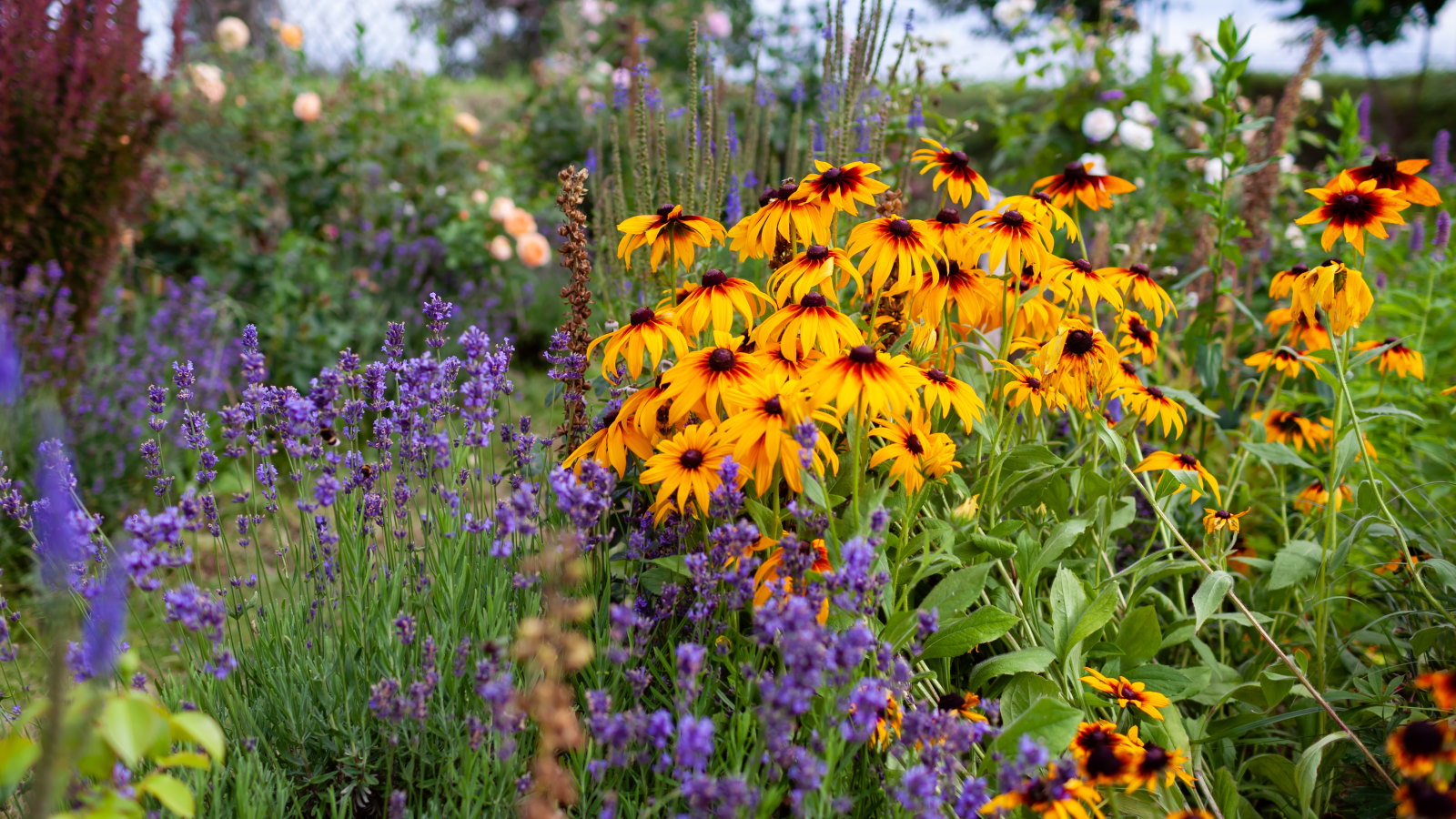 Garden experts warn against overcrowding flower beds – why this on-trend look is the worst thing you can do
Garden experts warn against overcrowding flower beds – why this on-trend look is the worst thing you can doIt's tempting to create an abundant, overflowing garden bed, but it can limit your plants in more ways than one
By Tenielle Jordison Published